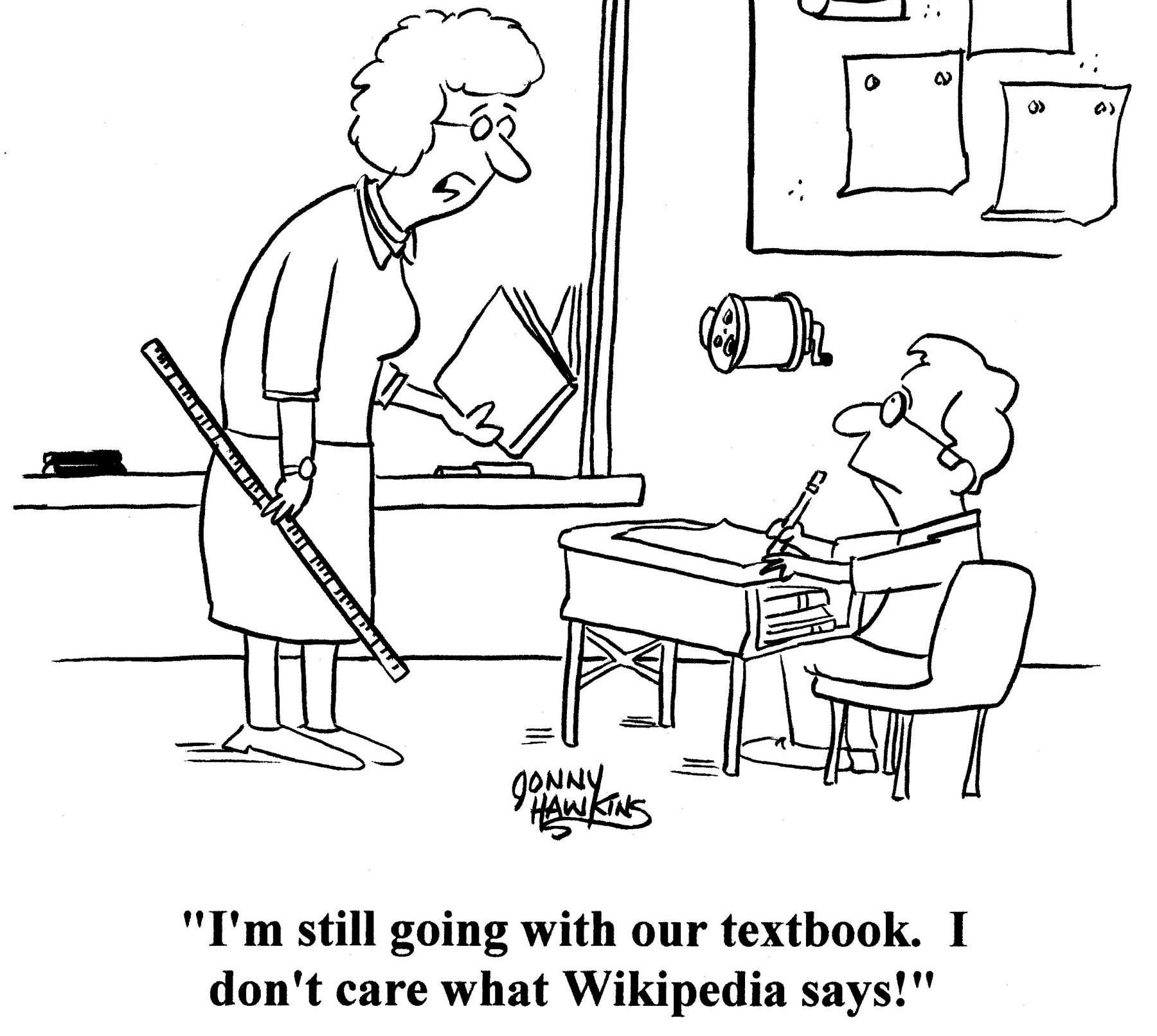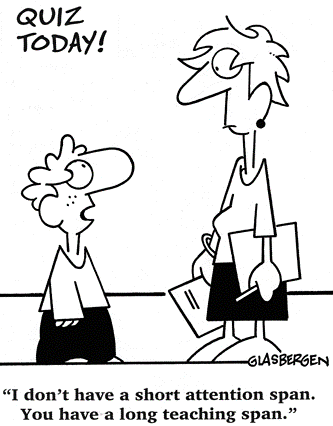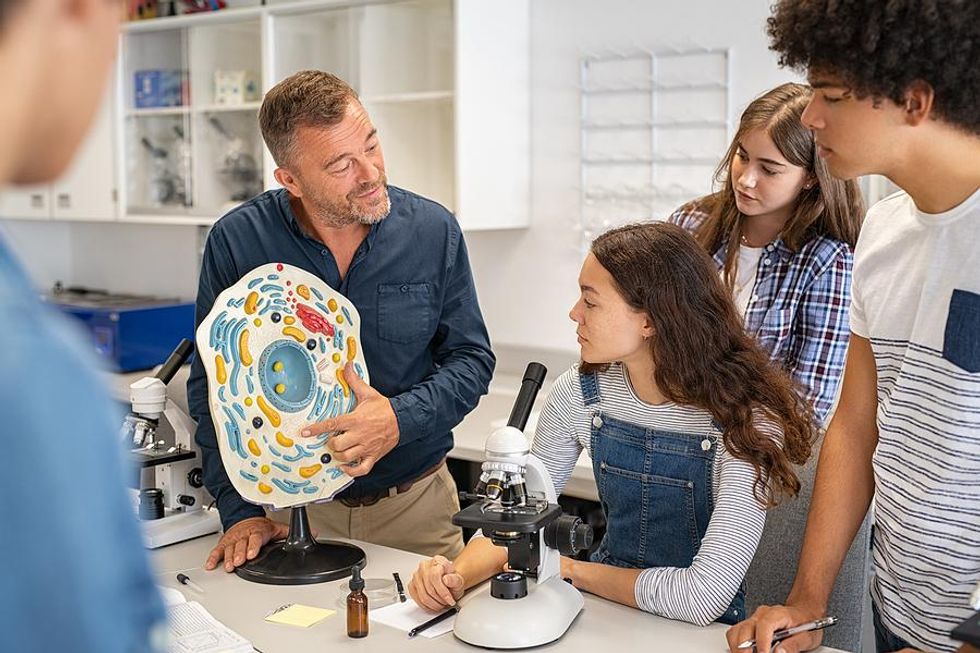
Just the other day, I was driving to a school consulting engagement in New York City when I came upon a car in the middle of the Cross Bronx Expressway engulfed in flames and ready to explode. Without my GPS providing me with an appropriate detour, I could have just as easily ended up in Connecticut. This made me think about how important it is to have a map in teaching.
Here are five tools to help teachers ensure that students are learning despite any curve balls that might be swung their way:
Review Curriculum Scope, Sequence & Pacing Documents

Many textbook series have both curriculum scope and sequence as well as pacing documentation. Review this. A scope and sequence can inform the teacher as to what should be taught when within the year, while a pacing guide can provide the teacher with an idea as to the length of time a particular unit will last and how many lessons are within that unit. Do note, however, that textbook publishers do not know the specific students that any one teacher may have at a given time.
As such, teachers may discover—through student assessment—that some students may have already mastered certain standards or units or may need additional time (lessons) learning other standards and units. Prioritize units of study not yet mastered over units already mastered as well as units of study that significantly influence later standards; this particularly is the case in mathematics and literacy. Do also review what is assessed on state exams.
Administer Mock & Diagnostic Assessments

Bigstock
At the beginning, middle, and end of the year, monitor student achievement and growth on diagnostic assessments, such as through NWEA MAP Growth, as well as on mock assessments that students will be expected to take, for real, at the end of the year. In New York City, for example, K-12 schools are using NWEA while high schools also often administer mock regents exams. This assessment data, particularly concerning areas for continual student growth, can help teachers prioritize certain subject content and skill development in their teaching. By testing throughout the year, teachers also can monitor the impact of teaching strategies on student academic growth and make any necessary pivots to their teaching.
Use A 3-Question Lesson Planning Checklist

Bigstock
Every lesson (within each unit) should answer three key questions. These questions are:
- Do I know what (the “it”) I want students to know and be able to do?
- How will I know students know and can do “it”?
- How will I engage students in learning and doing “it”?
In determining the “it,” select priority standards (the learning units) by reviewing curriculum scope and sequence documents as well as mock and diagnostic assessment data. Then, unwrap those standards into concrete lesson objectives.
Many times, when I observe classes, I see teachers developing lessons that are fun and engaging but that are not necessarily driving towards a specific learning goal or student success criteria. Don’t start instructional planning around question no. 3. Start planning around question no. 1. (the “it”) and then consider the specific assessments (no. 2) and fun engagement strategies (no. 3) that will be used. Contrary to what some teachers may believe, this structure should not kill teacher creativity. Rather, it asks teachers to think first about desired student learning outcomes and then how to be creative in aligning assessments and student activities around this.
Have A 4-Part Lesson Template

A typical 50-minute lesson should be composed of four parts: introduction (5 minutes), the mini-lecture/guided practice (10 minutes), individual and collaborative student practice time (25 minutes), and summary (5-10 minutes). The learning intention (question no. 1) should be presented in the introduction while the bulk of lesson time should be spent on student practice/exploration (question no. 3). Assessment (question no. 2) can occur in simple ways during the introduction, guided practice, and summary as well as through more formally structured student discussion activities during student practice time.
If teachers are to struggle in using a four-part lesson planning template, it is often in transitioning efficiently from one part of the lesson to the next and in having time for a lesson summary before the end bell rings. I urge teachers to commit to having a ten-minute only guided practice. Remember that teaching does not only occur in front of the classroom during whole group discussion. Teaching also occurs during facilitation as teachers mix and mingle among small student groups and during individual student learning time. Post the timed agenda on the board and use a stopwatch to assist transitions. Any lingering student questions can be answered individually as the teacher facilitates individual and small group learning.
Curate A Bank Of Strategies For Student Assessment & Engagement

Bigstock
In addition to giving formal end-of-unit and year tests, consider having four or five formative assessment strategies that can be used to monitor student progress during every lesson. Popular check on understanding strategies are student turn and talk with a follow-up cold call, signaling, choral response to gauge basic student understanding, and use of planned out small and whole student group discussions to ascertain deeper levels of student cognitive processing.
Student discussion is, of course, also a type of student engagement. There are many protocols for discussion out there depending on the student goal such as for synthesis, cause and effect, and compare and contrast (i.e., differentiation by the process). Also consider how to engage students by providing them with a choice in how they demonstrate their knowledge (i.e., product). Bring in culturally relevant materials that will interest students and on which they already have familiarity (i.e., content). Lastly, don’t forget to vary the learning environment and affect by mixing it up in terms of whole group, small group, and individual instruction as well as by bringing in digital learning.
As an education consultant passionate about helping students achieve and grow, I can help teachers manage workload stress and improve student learning outcomes. I have supported hundreds of educators in improving their curriculum, instruction, and assessment practices by modeling strategies for working smarter rather than harder.
If you would like additional ideas on how to impact student lives without sacrificing your own, and have a life teaching, check out my quick hack teaching courses here. You can also reach me on LinkedIn.
- 3 Reasons For The “Big Quit” In Teaching - Work It Daily ›
- 10 Things I Wish I Knew About Teaching When I Started - Work It Daily ›
- The 3 Best Resume Tips For Teachers - Work It Daily ›
- How To Answer The Top 5 Interview Questions For Teachers - Work ... ›
- 6 Things To Know Before Becoming A Teacher - Work It Daily ›
- 4 Strategies Educators Are Using To Revolutionize Teaching - Work It Daily ›
- What Teachers Should Know Before Interviewing With Schools - Work It Daily ›
- 5 Common Teaching Mistakes That Stunt Student Growth - Work It Daily ›
- 5 Reasons Why Teachers Are STILL Not OK - Work It Daily ›
- 8 Tips For Increasing Student Engagement In The Classroom - Work It Daily ›
- How To Help Newly Arrived English Language Learners Thrive - Work It Daily ›

 Bigstock
Bigstock Bigstock
Bigstock Bigstock
Bigstock


